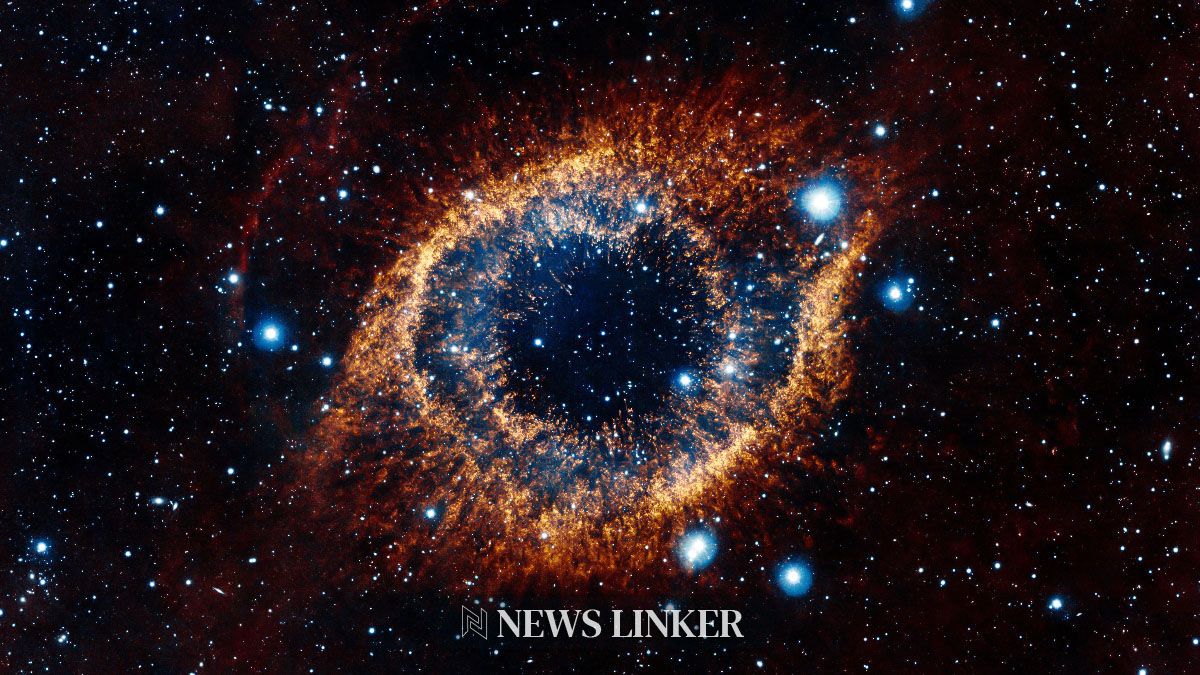An exploration into the potential dangers posed by cosmic phenomenons known as kilonovae has been detailed in a recent study published in The Astrophysical Journal. Researchers analyzed the kilonova event GW170817, observed in 2017, utilizing gravitational wave data from LIGO and Virgo, as well as gamma-ray observations from the Fermi and INTEGRAL space telescopes. This allowed for precise calculations of the kilonova’s energy, providing a basis for assessing risks to Earth.
Determining Safe Distances
The scientific team utilized this data, along with computer simulations, to determine the minimum safe distance from a kilonova event capable of being merely an innocuous celestial display. They concluded that various safe distances exist, contingent on different threatening aspects of the phenomenon.
The Varied Threats from Kilonovae
One identified threat is the X-ray afterglow produced when neutron stars collide, potentially ionizing Earth’s atmosphere if occurring within 16 light years. Gamma rays from kilonovae also pose risks, but are only hazardous within 13 light years. More alarming, however, is the potential for a shockwave over a millennia to generate cosmic rays that could obliterate Earth’s atmosphere, a danger present up to a 40 light-year radius.
Despite the identified risks, the GW170817 kilonova event occurred at a safe distance of about 130 million light-years from Earth. Additionally, no immediate threats loom from any binary neutron stars within the dangerous proximity of 40 light-years.
The findings offer reassurance that while kilonovae can sporadically pose a threat to life on cosmic scales, the probability of such an event causing widespread destruction across numerous planets is relatively low. Earth remains secure, with no imminent kilonova threats detected in the vicinity of our solar system.
With the universe continually unveiling its mysteries, studies like these are vital for understanding the myriad celestial hazards and ensuring the safety of our planet in the grand cosmic landscape.










